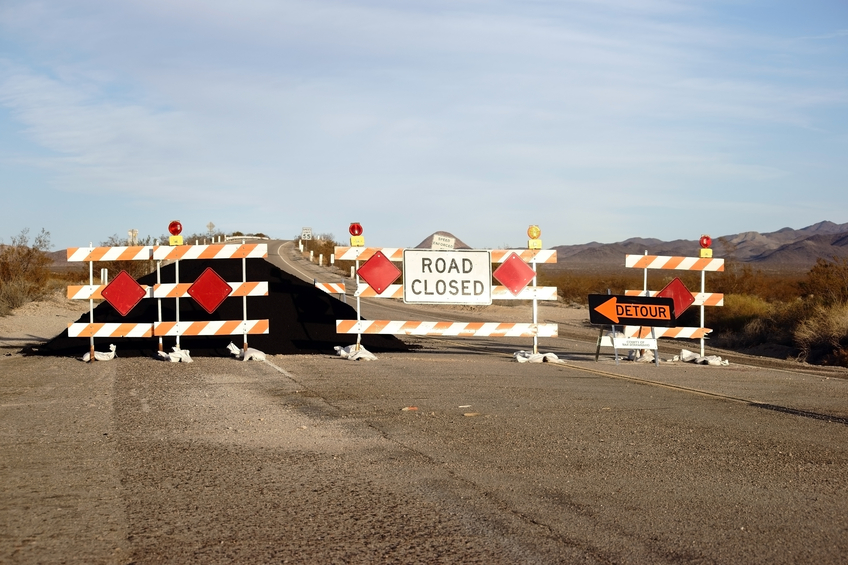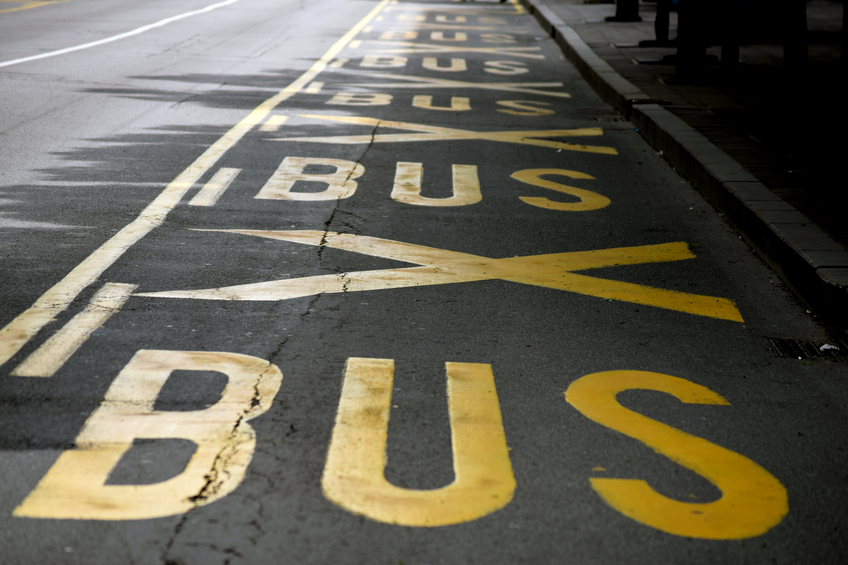Maryland Transportation and Ethics 16 PDH Discount Package 3
Courses in this Package
Minimum Retroreflectivity Levels for Blue and Brown Traffic Signs (C04-046)
Road Diet Informational Guide (C04-061)
Collaboration Across the Road Weather Enterprise (C06-021)
General Principles of Engineering Ethics (LE2-016)

This online engineering PDH course describes the research activities and consequent findings related to the development of recommendations for maintained retroreflectivity (MR) levels for white-on-blue signs and white-on-brown signs. It also includes an investigation related to MR levels needed for complex visual conditions that include glare from oncoming headlamps and fixed roadway lighting.
In 2003, the Federal Highway Administration published research recommendations for minimum MR levels for traffic signs. The recommendations included most sign types but not white-on-blue signs or white-on-brown signs. In addition, the 2003 MR levels were based on conditions representing dark rural environments.
This 4 PDH online course is applicable to all traffic engineers, transportation planners, sign manufacturers and all personnel interested in learning about or who are involved in the planning and determination of minimum retroreflectivity levels for traffic signs.
This PE continuing education course is intended to provide you with the following specific knowledge and skills:
- Understanding research objectives and activities
- Learning about minimum retroreflectivity, glare and surround complexity
- Understanding the experimental variables, luminance levels and environmental conditions
- Evaluating experimental results of white-on-blue signs vs. white-on-brown signs
- Learning about the luminance threshold levels and minimum retroreflectivity levels
In this professional engineering CEU course, you need to review the Federal Highway Administration (FHWA) no. FHWA-HRT-08-029, "Minimum Retroreflectivity Levels for Blue and Brown Traffic Signs", April 2008.
Upon successful completion of the quiz, print your Certificate of Completion instantly. (Note: if you are paying by check or money order, you will be able to print it after we receive your payment.) For your convenience, we will also email it to you. Please note that you can log in to your account at any time to access and print your Certificate of Completion.

This online engineering PDH course provides information on the design and post-implementation evaluation of Road Diets, and presents the decision-making process that helps practitioners determine whether Road Diets are a good fit for a certain corridor.
Four-lane undivided highways have a history of relatively high crash rates as traffic volumes increase and as the inside lane is shared by higher speed through traffic and left-turning vehicles. One option for addressing this safety concern is a “Road Diet.” A Road Diet involves converting an existing four-lane undivided roadway segment to a three-lane segment consisting of two through lanes and a center two-way left-turn lane (TWLTL). The reduction of lanes allows the roadway cross section to be reallocated for other uses such as bike lanes, pedestrian refuge islands, transit stops, or parking.
A Road Diet improves safety by including a protected left-turn lane for mid-block left-turning motorists, reducing crossing distance for pedestrians, and reducing travel speeds that decrease crash severity. Additionally, the Road Diet provides an opportunity to allocate excess roadway width to other purposes, including bicycle lanes, on-street parking, or transit stops.
This 4 PDH online course is applicable to transportation engineers who are interested in improving safety and reducing highway fatalities through the use of proven safety countermeasures including Road Diets.
This PE continuing education course is intended to provide you with the following specific knowledge and skills:
- Familiarizing with the basics of Road Diets
- Understanding the multidimensional benefits of Road Diets
- Learning about the geometric and operational designs of Road Diets
- Gaining a general overview on how to conduct a safety and an operational analysis to determine if the Road Diet is effective
- Exploring various case studies on feasibility determination decision-making
Upon successful completion of the quiz, print your Certificate of Completion instantly. (Note: if you are paying by check or money order, you will be able to print it after we receive your payment.) For your convenience, we will also email it to you. Please note that you can log in to your account at any time to access and print your Certificate of Completion.

This online engineering PDH course provides information on the best methods and practices for cross agency collaboration and the integration of weather information into daily transportation operations.
Weather has a significant impact on the operations of the nation’s roadway system year round. To help improve weather impacts on our roadways, the Federal Highway Administration (FHWA), Road Weather Management Program (RWMP), and the National Oceanic and Atmospheric Administration’s (NOAA’s) National Weather Service (NWS) have been working together to document the state-of-the-practice and working relationships between State Departments of Transportation (DOTs) and the weather enterprise.
The Pathfinder project was initiated to document current State DOT interactions and working relationships with the weather enterprise (both NWS and private sector). The team documented best practices across the agencies to disseminate consistent messages about the weather and its impact on the roads.
This 6 PDH online course is applicable to transportation engineers and traffic managers who are interested in learning more about the impact of weather on roadway systems and the best methods for improving the collaboration between State DOTs and the weather enterprise.
This PE continuing education course is intended to provide you with the following specific knowledge and skills:
- Familiarizing with the impact of weather on the nation’s roadway system
- Familiarizing with the Pathfinder project, its background and the related concepts
- Learning about applying road weather forecasting in a State
- Understanding the weather impact on safety, mobility and productivity
- Exploring collaborative partnerships and relationships between the State and weather enterprise
Upon successful completion of the quiz, print your Certificate of Completion instantly. (Note: if you are paying by check or money order, you will be able to print it after we receive your payment.) For your convenience, we will also email it to you. Please note that you can log in to your account at any time to access and print your Certificate of Completion.

This online engineering PDH course presents the principles of engineering ethics that every engineer is expected to live by when practicing their profession.
Engineering ethics is (1) the study of moral issues and decisions confronting individuals and organizations involved in engineering and (2) the study of related questions about moral conduct, character, ideals and relationships of peoples and organizations involved in technological development (Martin and Schinzinger, Ethics in Engineering).
This course describes the fundamental legal concepts with which very engineer should be familiar. It also presents unique disciplinary case studies selected from across the nation, as well as hypothetical ethical challenges that demonstrate how difficult it can be to apply the code of ethics for engineers.
This 2 PDH online course is applicable to all professional engineers who are either required to fulfill 2 PDH in engineering ethics or are interested in broadening their understanding of what it means to practice and uphold the honor and integrity of their engineering profession while holding the utmost safety, health, and welfare of the public.
This PE continuing education course is intended to provide you with the following specific knowledge and skills:
- Understanding the common definition of ethics regarding engineering
- Learning about the important principles of the engineer’s professional responsibility
- Learning the do’s and don’ts through several ethical and disciplinary cases
- Understanding what it means to practise and uphold the honor and integrity of the engineering profession
Upon successful completion of the quiz, print your Certificate of Completion instantly. (Note: if you are paying by check or money order, you will be able to print it after we receive your payment.) For your convenience, we will also email it to you. Please note that you can log in to your account at any time to access and print your Certificate of Completion.